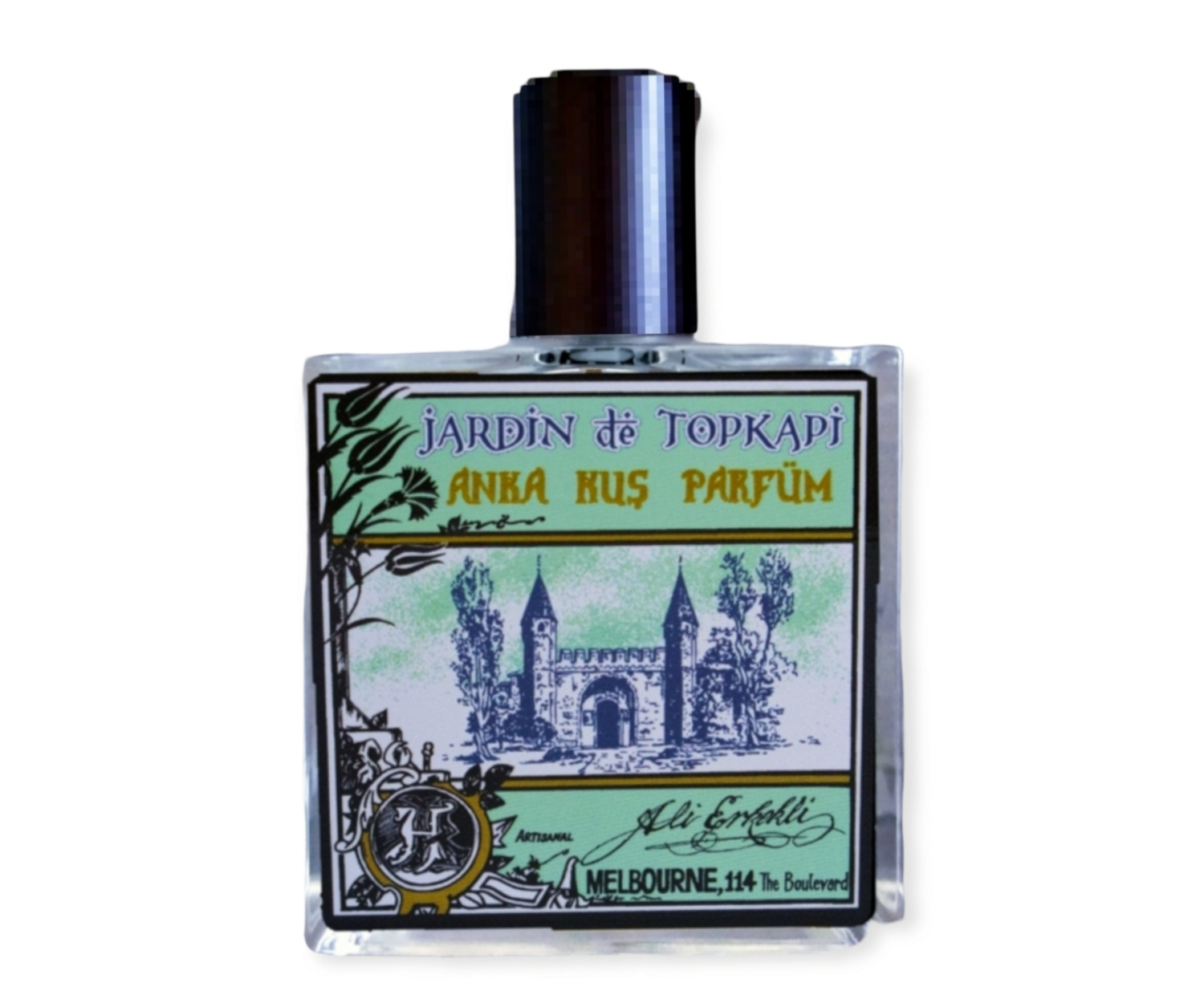 4.6★ on Trustpilot
|
4.6★ on Trustpilot
|
 Buy Now, Pay Later with Klarna
Buy Now, Pay Later with Klarna
 4.6★ on Trustpilot
|
4.6★ on Trustpilot
|
 Buy Now, Pay Later with Klarna
Buy Now, Pay Later with Klarna
Jardin De Topkapi
Description:
Topkapi Palace was built by the Ottoman sultans (after 1453) in a Byzantine olive grove on the Seraglio hill overlooking the Sea of Marmara and the Bosphorous.
Many of the buildings survive and there are some records of the gardens in which they were set. The form of the gardens appears to have drawn more from the paradise gardens of Persia than from the Greek-Roman courtyard gardens of Constantinople.
There were geometrical pools with flowers and garden pavilions and the remains of the olive groves were kept as woodland. But the overall layout of Topkapi was governed by the organisation of a tented encampment.
The Sur-i Sultani within the Royal Walls includes not only the buildings that have stood witness to important episodes in world history, but also beautiful landscaped gardens. The first of those gardens is Gülhane (Rosehouse) Park. Today, the tulip is a flower mainly associated with other countries.
Perhaps in your mind too tulips are identified with other countries. However, you should know that the first tulip bulbs were sent abroad from İstanbul in the Ottoman Period. The tulip has even lent its name to the most controversial era of Ottoman history.
If you visit İstanbul in season, you will find tulips in bloom in Gülhane Park – a wonderful haven for those trying to escape from summer heat, a place where you can enjoy sea breezes under the cool shade of centuries-old trees. The park also has a panoramic view of the Sea of Marmara, the Golden Horn and the İstanbul Strait, as it is situated on the tip of the historical peninsula.
NOTES –
Top:
* Tulip
* Bergamot
* Orange Blossom
Mid:
* Rose
* Ambergris
* Lotus
* Fig
* Lily
* Violet Leaf
* Geranium
* Juniper Berry
* Amber
Base:
* Osmanthus
* Cedar
* Patchouli





